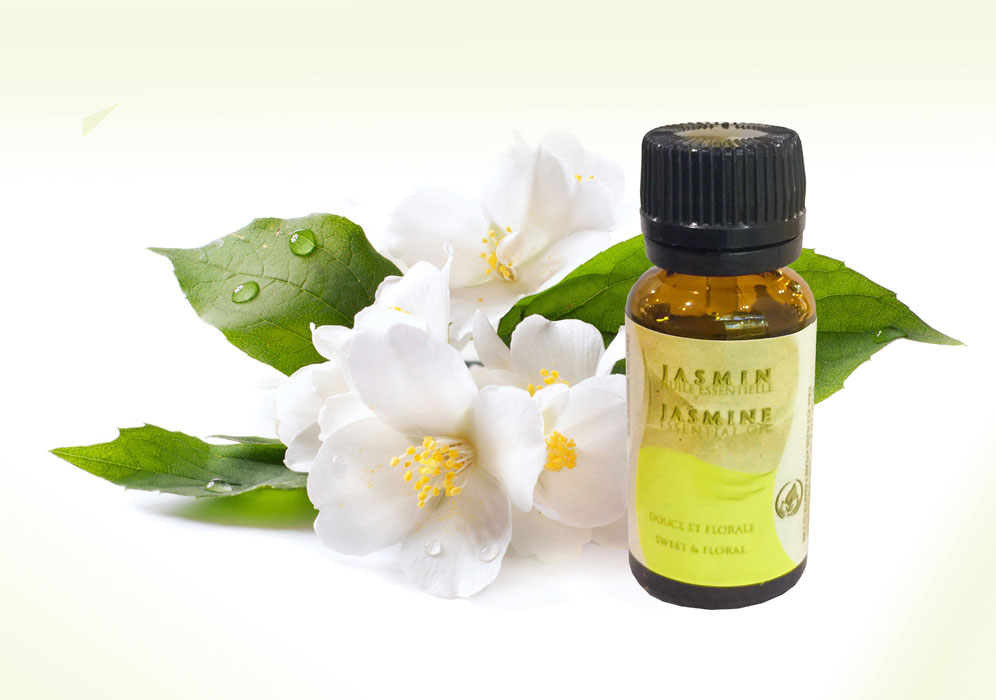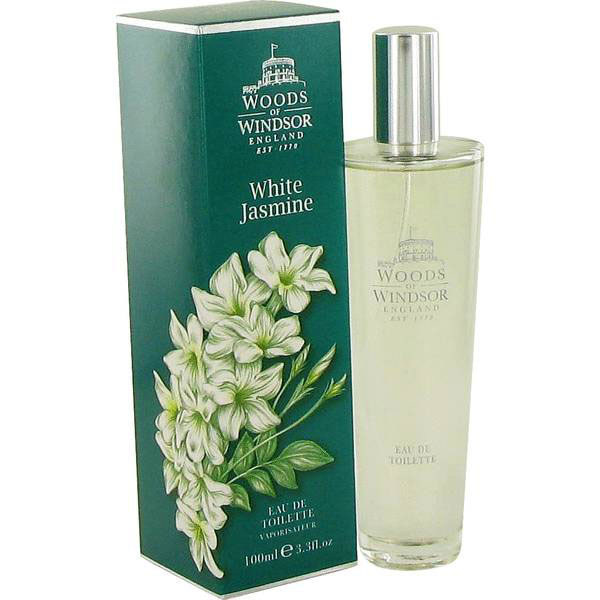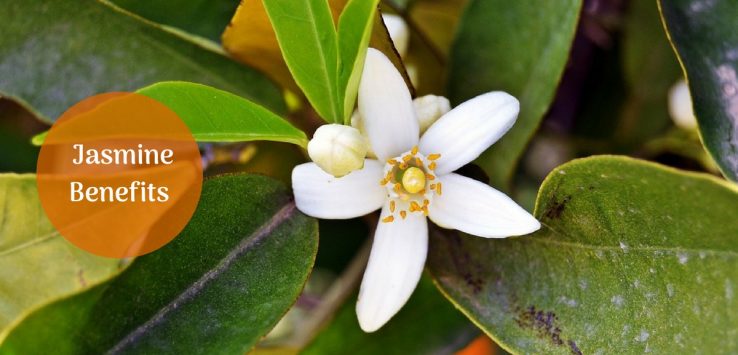The Alluring Jasmine: Fragrance, History, and Health Benefits

Jasmine, with its intoxicating fragrance and delicate white flowers, is more than just a pretty bloom. It’s a symbol of love, purity, and beauty, woven into the fabric of cultures across the globe. From its ancient origins to its modern-day applications in perfumery, aromatherapy, and even cuisine, jasmine holds a timeless allure that continues to captivate and enchant. This article delves into the fascinating world of jasmine, exploring its history, varieties, cultivation, uses, and health benefits.
A History Steeped in Aroma:
The name "jasmine" is derived from the Persian word "yasmin," meaning "gift from God." Its origins are traced back to the Himalayas and parts of China, from where it gradually spread westward through trade routes and cultural exchange. Ancient civilizations revered jasmine for its intoxicating fragrance and attributed symbolic meanings to it.
- Ancient China: Jasmine was cultivated for its fragrance and used in teas and perfumes. It was also associated with feminine grace and beauty.
- Ancient Egypt: Jasmine was used in perfumes and incense, believed to possess spiritual properties. It was also offered to deities.
- India: Jasmine holds a prominent place in Indian culture, often associated with love, marriage, and devotion. It’s used in garlands, religious ceremonies, and traditional medicine.
- The Silk Road: The Silk Road played a crucial role in spreading jasmine westward, introducing it to the Middle East and Europe.
By the 16th century, jasmine had become a coveted ingredient in European perfumery, particularly in Grasse, France, which remains a significant jasmine-producing region to this day. Its complex aroma and ability to blend harmoniously with other scents made it a prized component in high-end perfumes.

Varieties of Jasmine: A Blossoming Diversity:
The genus Jasminum encompasses over 200 species, each with its unique characteristics and aroma profiles. However, only a few are commercially cultivated for their fragrance. Some of the most popular varieties include:
- Jasminum sambac (Arabian Jasmine): This is perhaps the most well-known and widely cultivated variety. It’s characterized by its intensely fragrant, star-shaped white flowers. It’s commonly used in jasmine tea and perfumery.
- Jasminum officinale (Common Jasmine): Also known as poet’s jasmine, this variety boasts a sweet, delicate fragrance. It’s a climbing vine with clusters of white flowers.
- Jasminum grandiflorum (Spanish Jasmine): This variety is highly prized in the perfume industry for its rich, complex aroma. It’s a shrub with large, intensely fragrant white flowers.
- Jasminum polyanthum (Pink Jasmine): This variety is known for its profuse clusters of pink buds that open into fragrant white flowers. It’s a vigorous climber and a popular choice for gardens.
- Jasminum nudiflorum (Winter Jasmine): Unlike other varieties, winter jasmine blooms in the winter, producing bright yellow flowers on bare stems. It’s not fragrant but adds a splash of color to the winter landscape.

Cultivating the Fragrant Jewel:

Growing jasmine can be a rewarding experience, allowing you to enjoy its beauty and fragrance firsthand. While specific requirements vary depending on the variety, here are some general guidelines:
- Climate: Most jasmine varieties thrive in warm, sunny climates with well-drained soil.
- Sunlight: Jasmine requires at least six hours of direct sunlight per day to bloom profusely.
- Soil: Well-drained soil is essential to prevent root rot. Amend heavy clay soil with organic matter to improve drainage.
- Watering: Water regularly, especially during dry periods. Allow the soil to dry slightly between waterings.
- Fertilizing: Feed jasmine with a balanced fertilizer during the growing season.
- Pruning: Prune jasmine after flowering to maintain its shape and encourage new growth.
- Support: Climbing varieties require support, such as a trellis or fence.
- Pest and Disease Control: Monitor jasmine for pests and diseases, such as aphids, spider mites, and fungal infections. Treat promptly with appropriate remedies.
Jasmine’s Multifaceted Uses:
Jasmine’s versatility extends beyond its aesthetic appeal. It’s used in various industries and applications, including:
- Perfumery: Jasmine is a key ingredient in many high-end perfumes, adding a floral, exotic, and sensual note. Its complex aroma blends well with other scents, creating unique and captivating fragrances.
- Aromatherapy: Jasmine essential oil is used in aromatherapy to promote relaxation, reduce stress, and uplift mood. It’s also believed to have aphrodisiac properties.
- Tea: Jasmine tea is a popular beverage made by scenting green or black tea leaves with jasmine flowers. It has a delicate floral aroma and a refreshing taste.
- Cuisine: In some cultures, jasmine flowers are used in culinary applications, adding a fragrant touch to desserts, salads, and other dishes.
- Traditional Medicine: Jasmine has been used in traditional medicine for centuries to treat various ailments, including anxiety, insomnia, and skin conditions.
- Gardening: Jasmine is a popular choice for gardens, adding beauty and fragrance to outdoor spaces. Its climbing varieties can be trained to grow on trellises, fences, or walls.
- Religious Ceremonies: In many cultures, jasmine is used in religious ceremonies as a symbol of purity, love, and devotion.
The Health Benefits of Jasmine:
While more research is needed to fully understand the health benefits of jasmine, preliminary studies and traditional uses suggest that it may offer several advantages:
- Stress Reduction: Jasmine’s aroma has been shown to have calming and relaxing effects, reducing stress and anxiety.
- Improved Sleep: Jasmine essential oil can promote restful sleep by reducing anxiety and promoting relaxation.
- Mood Enhancement: Jasmine’s uplifting aroma can improve mood and reduce symptoms of depression.
- Antiseptic Properties: Jasmine has antiseptic properties that may help to prevent infections.
- Skin Health: Jasmine oil can help to improve skin elasticity, reduce inflammation, and promote wound healing.
- Aphrodisiac Properties: Jasmine is traditionally believed to have aphrodisiac properties, enhancing libido and promoting romantic feelings.
Conclusion:
Jasmine, with its captivating fragrance and rich history, is a truly remarkable plant. From its ancient origins to its modern-day applications, it continues to enchant and inspire. Whether you’re drawn to its beauty, its fragrance, or its potential health benefits, jasmine offers a unique and rewarding experience. Cultivating jasmine in your garden, enjoying a cup of jasmine tea, or using jasmine essential oil in aromatherapy can bring a touch of elegance and tranquility to your life. As we continue to explore the wonders of this fragrant jewel, we can appreciate the enduring allure of jasmine and its profound impact on cultures across the globe.
FAQ:
Q: Is jasmine easy to grow?
A: Jasmine can be relatively easy to grow with the right conditions. Most varieties prefer warm, sunny climates with well-drained soil. Providing adequate sunlight, water, and fertilizer is crucial for healthy growth and abundant blooms.
Q: How do I care for my jasmine plant?
A: Jasmine care involves providing adequate sunlight, water, and fertilizer. Prune after flowering to maintain its shape and encourage new growth. Monitor for pests and diseases and treat promptly.
Q: What is the difference between Arabian jasmine and common jasmine?
A: Arabian jasmine (Jasminum sambac) is known for its intensely fragrant, star-shaped white flowers and is commonly used in jasmine tea. Common jasmine (Jasminum officinale) has a sweet, delicate fragrance and is a climbing vine with clusters of white flowers.
Q: Can I use jasmine essential oil internally?
A: It’s generally not recommended to ingest jasmine essential oil without consulting a qualified healthcare professional. Essential oils are highly concentrated and can be toxic if ingested improperly.
Q: What are the side effects of jasmine essential oil?
A: Potential side effects of jasmine essential oil include skin irritation, allergic reactions, and sensitivity to sunlight. It’s essential to dilute jasmine essential oil before applying it to the skin and to perform a patch test to check for allergies. Pregnant and breastfeeding women should consult with a healthcare professional before using jasmine essential oil.
Q: How do I make jasmine tea?
A: Jasmine tea is made by scenting green or black tea leaves with jasmine flowers. The tea leaves are layered with jasmine flowers during the drying process, allowing the tea to absorb the jasmine’s fragrance. You can purchase pre-made jasmine tea or make your own by adding fresh or dried jasmine flowers to your favorite tea.
Q: Is jasmine poisonous to pets?
A: While generally considered non-toxic, some sources suggest that jasmine can cause mild stomach upset if ingested by pets. It’s best to keep jasmine plants out of reach of pets to prevent accidental ingestion.
Q: How do I extract jasmine essential oil?
A: Jasmine essential oil is typically extracted using solvent extraction or enfleurage, a traditional method that involves placing jasmine flowers in fat to absorb their fragrance. These methods are complex and require specialized equipment. It’s best to purchase jasmine essential oil from reputable sources.
Q: Can jasmine be grown indoors?
A: Yes, some jasmine varieties, such as Arabian jasmine, can be grown indoors with proper care. Provide bright, indirect light, well-drained soil, and regular watering.
Q: What does jasmine symbolize?
A: Jasmine symbolizes love, purity, beauty, sensuality, and respect, depending on the culture. It is often associated with feminine grace and elegance.
